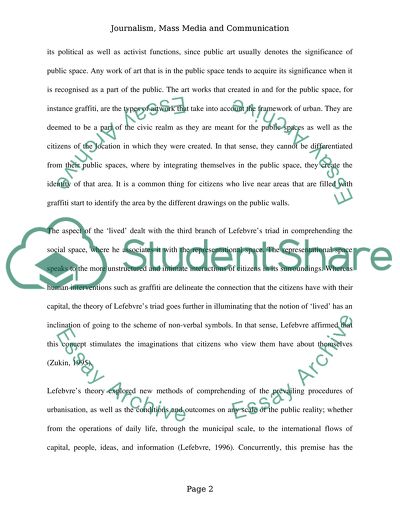Cite this document
(“Lefebvre's Ideas about Social Space Imply a Re-Evaluation of the Role Essay”, n.d.)
Retrieved from https://studentshare.org/journalism-communication/1466132-why-do-ideas-such-as-lefebvre-s-about-social-space
Retrieved from https://studentshare.org/journalism-communication/1466132-why-do-ideas-such-as-lefebvre-s-about-social-space
(Lefebvre'S Ideas about Social Space Imply a Re-Evaluation of the Role Essay)
https://studentshare.org/journalism-communication/1466132-why-do-ideas-such-as-lefebvre-s-about-social-space.
https://studentshare.org/journalism-communication/1466132-why-do-ideas-such-as-lefebvre-s-about-social-space.
“Lefebvre'S Ideas about Social Space Imply a Re-Evaluation of the Role Essay”, n.d. https://studentshare.org/journalism-communication/1466132-why-do-ideas-such-as-lefebvre-s-about-social-space.


